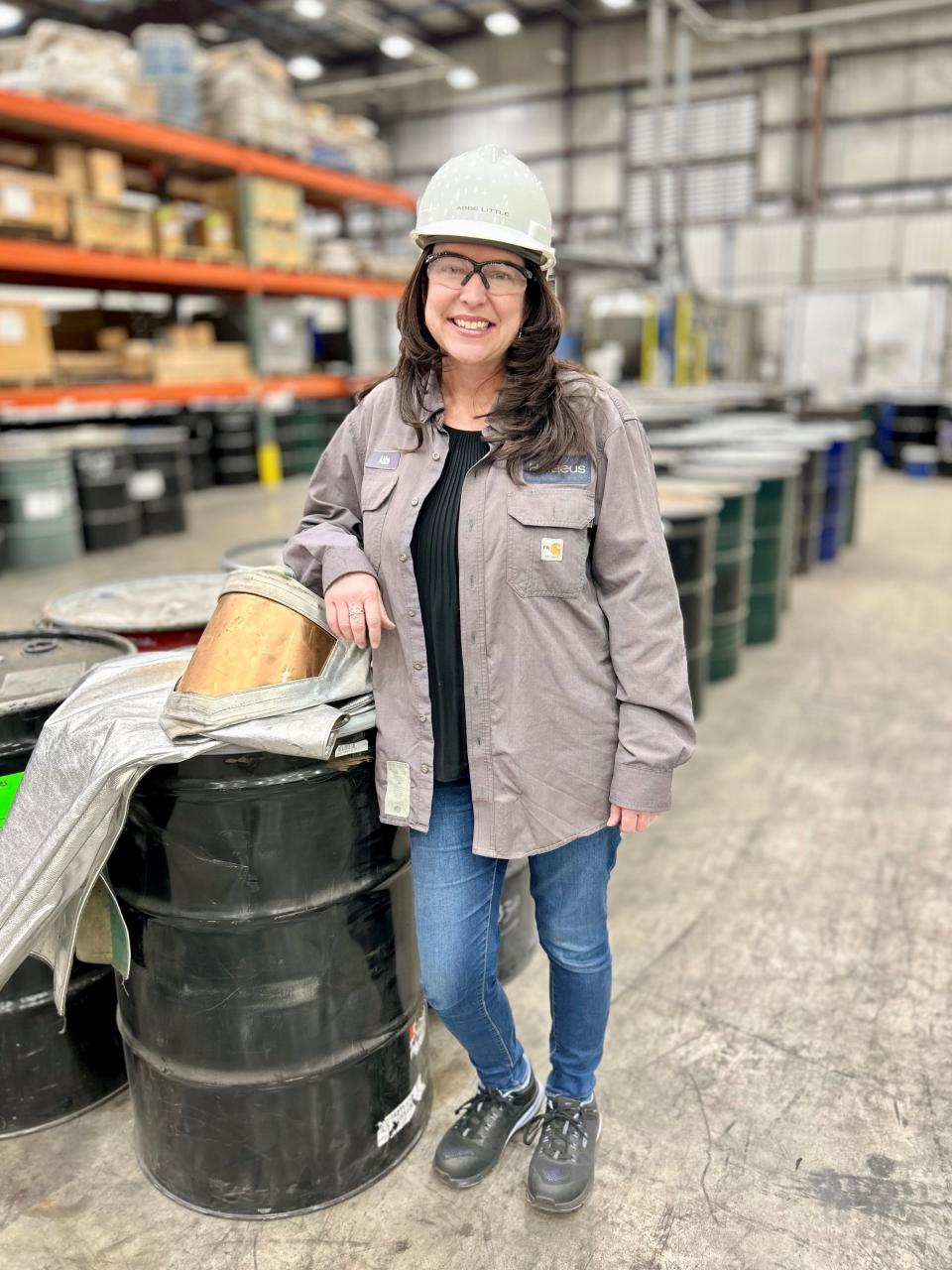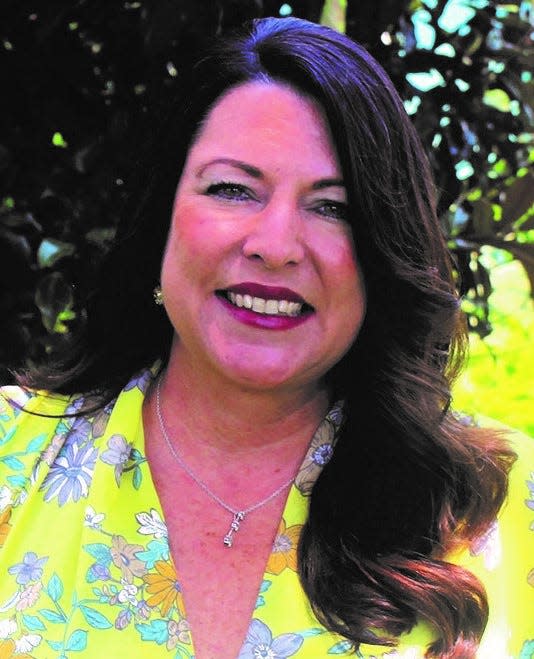How a pair of socks inspired me to study and make a career in the STEM field
An outlier and a unicorn.
That is what I discovered when I realized I was one of just two women enrolled in the University of Tennessee’s civil and environmental engineering program.
However, I did not let those optics or statistics deter me. For generations, there has been the belief that boys were better-suited for technical subjects in school. Girls were simply not actively encouraged to explore interests in STEM (science, technology, engineering and math).
Fortunately, my family never let that happen. My mom was a teacher and instilled a “nothing’s impossible” mindset. My dad was my cheerleader and supporter.

But one of my earliest inspirations to explore engineering came from a pair of socks. My grandfather, Joseph Howard, was vice president of development for Burlington Industries in Rockwood. When I was in middle school, I saw a plaque that honored him for a patent issued on March 3, 1981, for sock construction.
I looked at the plaque, filled with curiosity over U.S. Patent No. 4,253,317. His story inspired me to pursue engineering. He designed specialized threading in the heel and toe areas of activewear socks to prevent blisters. Burlington Industries came out with a new “walking sock” for high-active sports, based on his ability to see ‒ and solve ‒ a problem.
His work gave me a real-world introduction to the concept of innovation. Like him, I had a curiosity about how things worked ‒ or didn’t. I knew then I wanted a career where I could be a problem-solver.
Looking back, I was fortunate. I had the self-driven/self-confident gene at an early age. Along with my three sisters, I grew up in a family where achievement was nurtured. In college, I was not intimidated by being one of just two female students in the civil/environmental engineering program. I was accepted by my classmates and professors, although I always felt the need to prove myself to show that I belonged.
But not every girl is that lucky. Some girls who show talent for STEM may not get encouragement at home or school. One person or a pivotal moment can have a profound impact on a girl’s life and career.
This is what makes International Women’s Day so important to me. Female engineers and female scientists should not be outliers or unicorns. The best way to solve the STEM gender gap is to reverse-engineer it and increase the female STEM talent pool.
Getting more women in engineering, the sciences and technology professions means getting girls more interested in STEM by the time they are ready to enroll in college or a technical school. Exposing girls to STEM subjects and encouraging them at home and school is the best way to close the gap.
In 2017, I had the chance to serve as coach of my old high school’s robotics team. Walking the halls gave me hope for the future. These kids are surrounded by technology and there are far more STEM courses than when I was a student there. And extracurricular programs like robotics provide fun ways to introduce girls to the possibilities of STEM. It was not only gratifying to see the Clinton High School Robotics Team win the fall regional competition that year; I was also proud to see the four female members treated as equals and bring brilliant ideas to the team.
This next generation is going to live in an increasingly complex world. They will need new technologies and innovations to address the serious challenges they will face. That is why it is so critical to get more girls interested in STEM and excited about a career where they can put their talents to work and solve those problems.

That inspiration could come from anyone: a parent, a teacher, a role model or a mentor. Or, in my case, a pair of socks.
Abbe Little is smelting sales manager for Heraeus Precious Metals, a global precious metals processing and recycling facility in Wartburg, Tennessee. She lives in Knoxville.
This article originally appeared on Knoxville News Sentinel: A pair of socks inspired me to study, work in the STEM field

